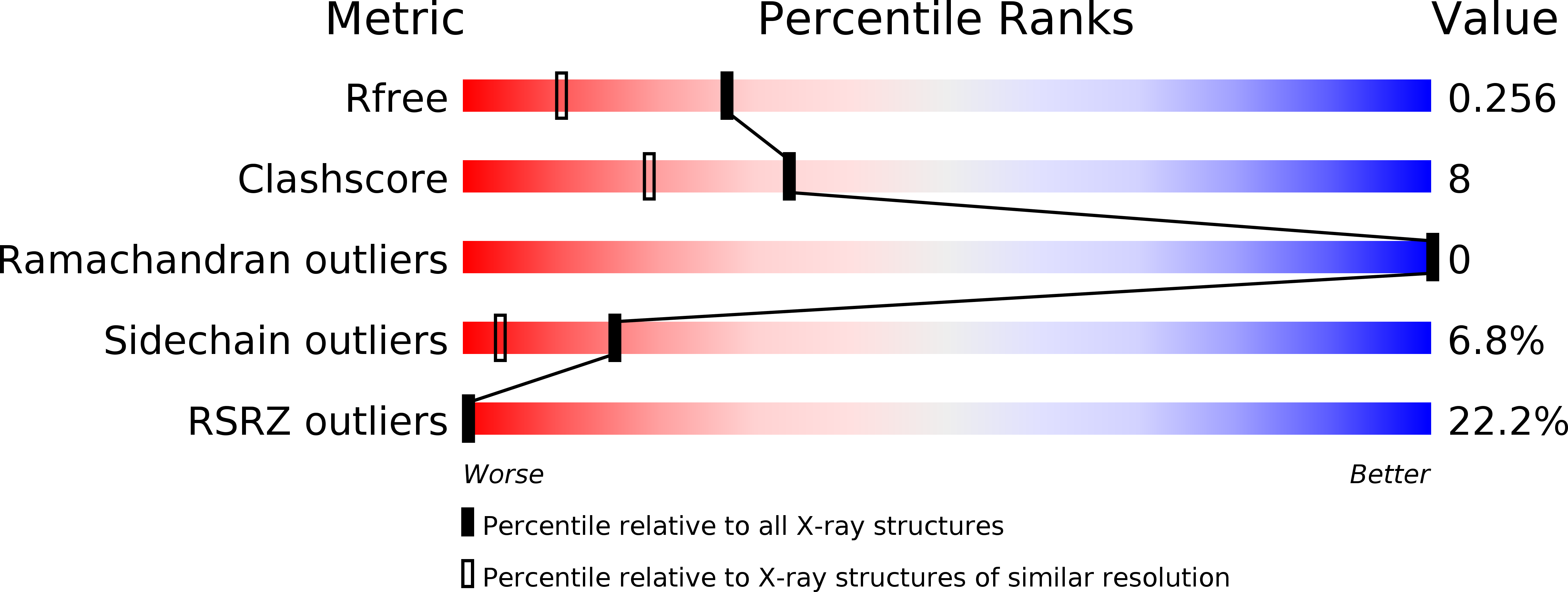
Deposition Date
2015-01-19
Release Date
2015-03-25
Last Version Date
2024-01-10
Method Details:
Experimental Method:
Resolution:
1.85 Å
R-Value Free:
0.25
R-Value Work:
0.23
R-Value Observed:
0.23
Space Group:
I 4


